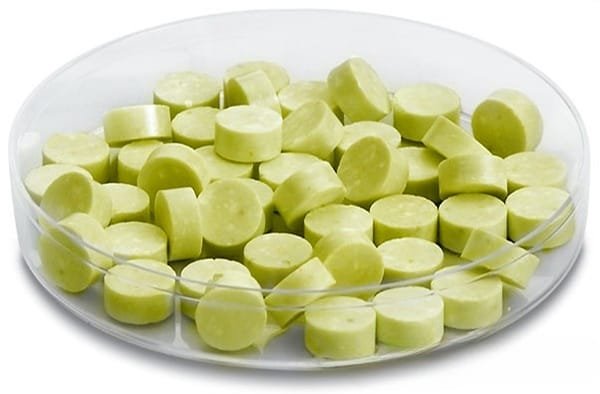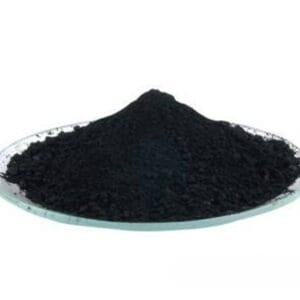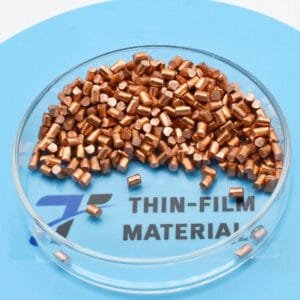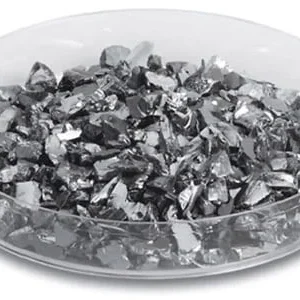Molybdenum(VI) Oxide Evaporation Materials Overview
Thin-Film Mat Engineering (TFM) offers high-purity molybdenum(VI) oxide evaporation materials with the chemical formula MoO3. Our MoO3 materials are crucial for achieving top-quality deposited films in various deposition processes. With purities reaching up to 99.9995%, TFM ensures exceptional reliability through stringent quality assurance processes.
Related Products
- Molybdenum Evaporation Materials
- Oxide Ceramic Evaporation Materials
Specifications for Molybdenum(VI) Oxide Evaporation Materials
| Material Type | Molybdenum(VI) Oxide |
| Symbol | MoO3 |
| Color/Appearance | White to Pale Yellow |
| Melting Point | 795 °C |
| Theoretical Density | 4.69 g/cm3 |
| Thermal Evaporation Techniques | Boat: Mo Basket: Mo Crucible: Al2O3, BN |
| Purity | 99.9% |
| Shape | Powder/ Pellets/ Granule/ Custom-made |
Applications
Molybdenum(VI) oxide evaporation materials are employed in:
- Deposition processes, including semiconductor deposition, chemical vapor deposition (CVD), and physical vapor deposition (PVD)
- Optics applications, such as wear protection, decorative coatings, and display technologies
Packaging and Handling
Our molybdenum(VI) oxide evaporation materials are meticulously packaged with clear labeling to facilitate efficient identification and quality control. We ensure that all products are protected from damage during storage and transportation.
Contact Us
TFM is a leading provider of high-purity molybdenum(VI) oxide evaporation materials, available in various forms such as tablets, granules, rods, and wires. We also offer customized shapes and quantities upon request. Additionally, we supply evaporation sources, boats, filaments, crucibles, heaters, and e-beam crucible liners. For current pricing or inquiries about materials not listed, please contact us directly.
Ordering Table
| Material | Size | Quantity | Purity | Part Number |
| Molybdenum Oxide | 3MM - 6MM Pieces | 25g | 99.95% | EVMMOO3-6MMA |
| Molybdenum Oxide | 3MM - 6MM Pieces | 50g | 99.95% | EVMMOO3-6MMB |
| Molybdenum Oxide | 3MM - 6MM Pieces | 100g | 99.95% | EVMMOO3-6MMD |
| Molybdenum Oxide | 3MM - 6MM Pieces | 200g | 99.95% | EVMMOO3-6MMH |
| Molybdenum Oxide | 3MM - 6MM Pieces | 500 g | 99.95% | EVMMOO3-6MMT |
| Material | Size | Quantity | Purity | Part Number |


 MSDS File
MSDS File



Reviews
There are no reviews yet.